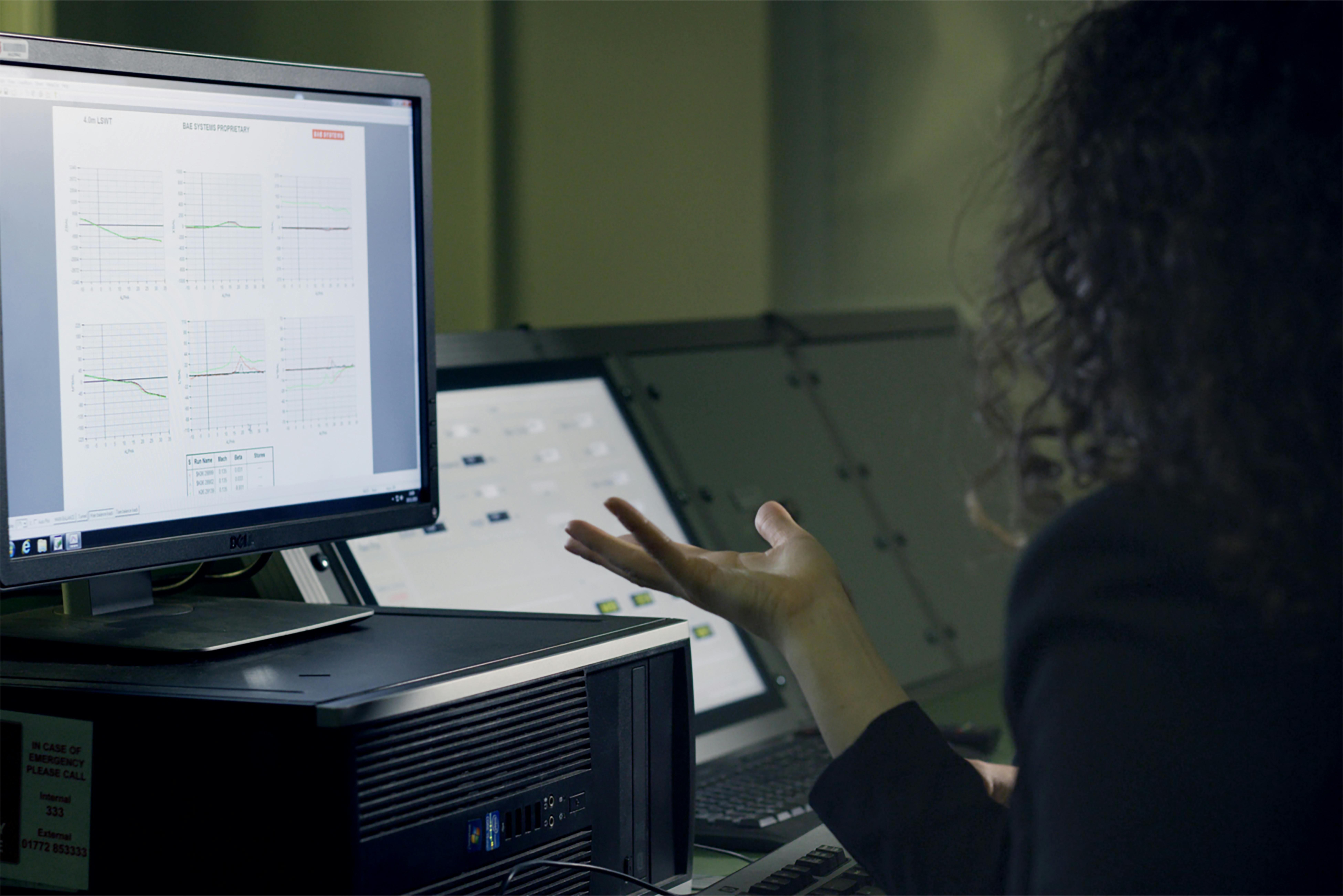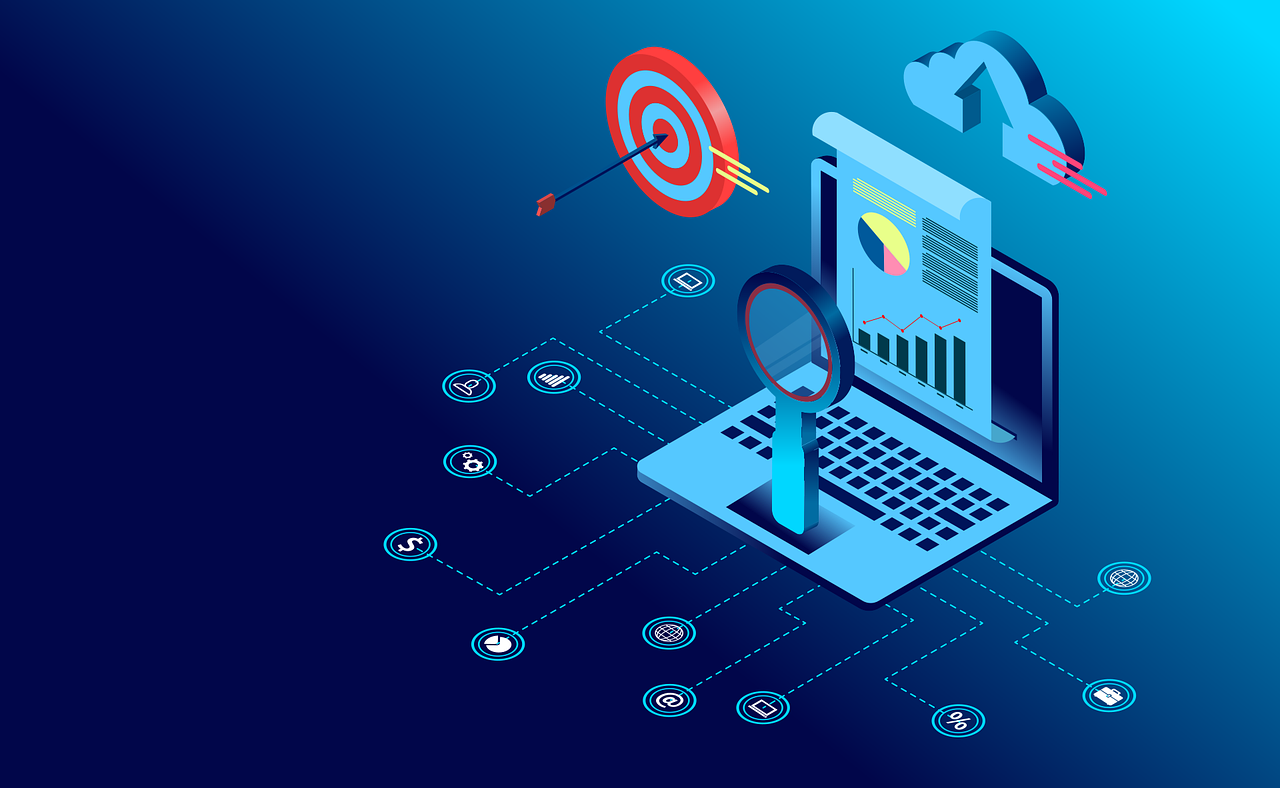by Ashley Carter
Share
In today’s dynamic laboratory environments, implementing a Laboratory Information Management System (LIMS) isn’t just a choice; it’s a strategic move toward enhanced efficiency and productivity. Laboratories, whether in research or manufacturing, are increasingly turning to LIMS solutions to streamline their operations and meet evolving demands seamlessly. Let’s delve into why LIMS systems have become indispensable and explore some of their top benefits.
Seamless Integration
Laboratory operations involve a multitude of systems and instruments, each generating valuable data. A LIMS system seamlessly integrates with these diverse systems, ensuring a smooth flow of information across the laboratory. Whether it’s connecting with analytical instruments for automatic data import or syncing with ERP and CRM systems for streamlined sample and test creation, a LIMS can eliminate data silos and minimize manual intervention. By automating data transfer processes, it not only reduces the risk of errors associated with manual entry but also accelerates workflows, enabling faster decision-making and enhancing overall operational efficiency.
Automated Specification Conformance
In industries where adherence to specifications is paramount, manual review processes can be time-consuming and error-prone. A LIMS automates the conformance review process by comparing test results against a comprehensive database of specifications in real-time. This ensures immediate identification of any deviations, enabling prompt corrective actions and preventing potential quality issues. Robust specification management features allows laboratories to centralize and organize specifications efficiently. Wavefront LIMS simplifies the management of complex specifications, from defining testing requirements to setting up sampling plans and templates, empowering laboratories to maintain the highest standards of quality and compliance.
Continuous Support and Upgrades
The success of a LIMS implementation relies heavily on ongoing support and regular updates to keep pace with evolving requirements and technological advancements. A strong LIMS provider, such as Wavefront Software, recognizes the ongoing relationship with the laboratory and, therefore, understands the importance of continuous support and comprehensive assistance for its clients. From troubleshooting issues and addressing user queries to implementing customizations and enhancements, Wavefront’s dedicated support team ensures that laboratories get the most out of their LIMS investment. Moreover, with regular updates and upgrades, Wavefront keeps its LIMS software up-to-date with the latest features and functionalities, enabling laboratories to stay ahead of the curve and adapt to changing industry trends seamlessly.
Accreditation Compliance Made Easy
Achieving and maintaining accreditation to accreditations such as NADCAP or ISO17025 is a top priority for many laboratories. A LIMS should simplify the accreditation compliance process by providing robust tools for tracking instruments, managing calibrations, and documenting procedures. Laboratories can easily demonstrate compliance with accreditation requirements by maintaining detailed records of instrument performance, calibration activities, and quality control measures. Wavefront’s secure approval workflows and access controls further enhance compliance by ensuring that only authorized personnel can approve critical processes and documentation. With a well-designed LIMS, laboratories can navigate the complexities of accreditation with confidence, knowing that they have a reliable system in place to support their compliance efforts.
Efficient Work Prioritization
Effectively managing work priorities is crucial for optimizing laboratory throughput and meeting customer demands. A quality LIMS system offers robust tools for prioritizing work tasks and allocating resources efficiently. By enabling users to create custom search queries based on test or sample statuses and user-defined criteria, laboratories can swiftly identify and prioritize tasks based on urgency and importance. These queries can then be scheduled and distributed automatically to relevant personnel, ensuring alignment with the lab’s priorities. Moreover, LIMS systems can provide real-time visibility of work status through customizable dashboards or status boards, empowering team members to track progress and make informed decisions. By facilitating efficient work prioritization, LIMS solutions enable laboratories to maximize productivity and deliver results with speed and accuracy.
Cloud-Based Convenience
Opting for a cloud-based LIMS brings a host of benefits to the table. With data securely stored in the cloud, laboratories can enjoy enhanced security measures, including robust encryption and regular backups, provided by the LIMS provider. Moreover, by entrusting the hosting responsibilities to the LIMS provider, laboratories can alleviate the burden of server maintenance and IT infrastructure management, allowing their IT teams to focus on core business activities. Cloud-based LIMS solutions also facilitate streamlined integrations with other cloud-based systems and services, enabling seamless data exchange and interoperability across the laboratory system. It’s crucial, however, to ensure that the LIMS provider maintains compliance with industry standards such as SOC 2 Type II, validating their commitment to data security, privacy, and operational integrity.
In summary, implementing a LIMS system offers numerous advantages for laboratories, from seamless integration and automated processes to continuous support and compliance assistance. Additionally, choosing a cloud-based LIMS solution brings added convenience, with benefits such as improved security, reduced IT overhead, and streamlined integrations. Whether it’s optimizing workflows, maintaining regulatory compliance, or enhancing productivity, a LIMS system empowers laboratories to meet their operational goals with confidence. It’s imperative to partner with a LIMS provider that not only offers these advanced features but also maintains compliance with industry standards like SOC 2 Type II. Wavefront Software is that LIMS provider.
Ready to experience the transformative power of LIMS? Schedule a no-obligation demo with Wavefront Software today and revolutionize your laboratory operations.
STAY IN THE LOOP
Subscribe to our Free Content
Learning about LIMS is a monthly article series where Wavefront shares questions that have come up throughout our interactions with a range of individuals and customers. We do our best to provide information about each topic to help people learn more about LIMS.
Sign up here to be added to our mailing list and receive these articles directly in your inbox.
In today's fast-paced labs, data-driven decision-making is essential. Utilizing advanced data analysis tools, like LIMS dashboards and KPIs, boosts operational efficiency. This article explores how these tools enhance performance and reduce costs, helping labs maintain exceptional quality standards.
Lab Data Management with a LIMS reduces errors and improves efficiency compared to manual data entry. Move away from spreadsheets and separate documents and see how Wavefront LIMS can improve your laboratory's workflow.
Unlock new levels of efficiency with LIMS workflow automation. Automate critical laboratory workflows without coding. Wavefront's powerful automation engine with over 800 built-in conditions and actions allows limitless customization of your LIMS processes.
Discover the crucial elements for maintaining LIMS data integrity, from implementing robust security measures to optimizing data entry processes. This article explores essential strategies to ensure the reliability and security of laboratory information, enhancing efficiency and compliance.





